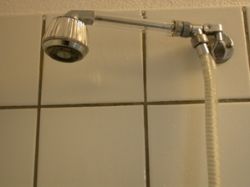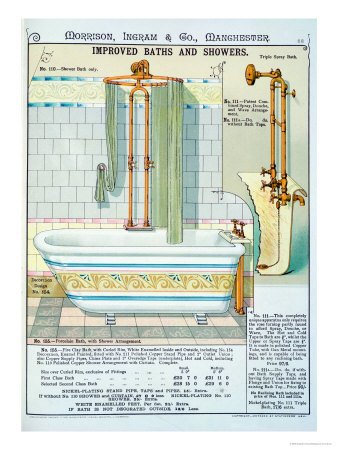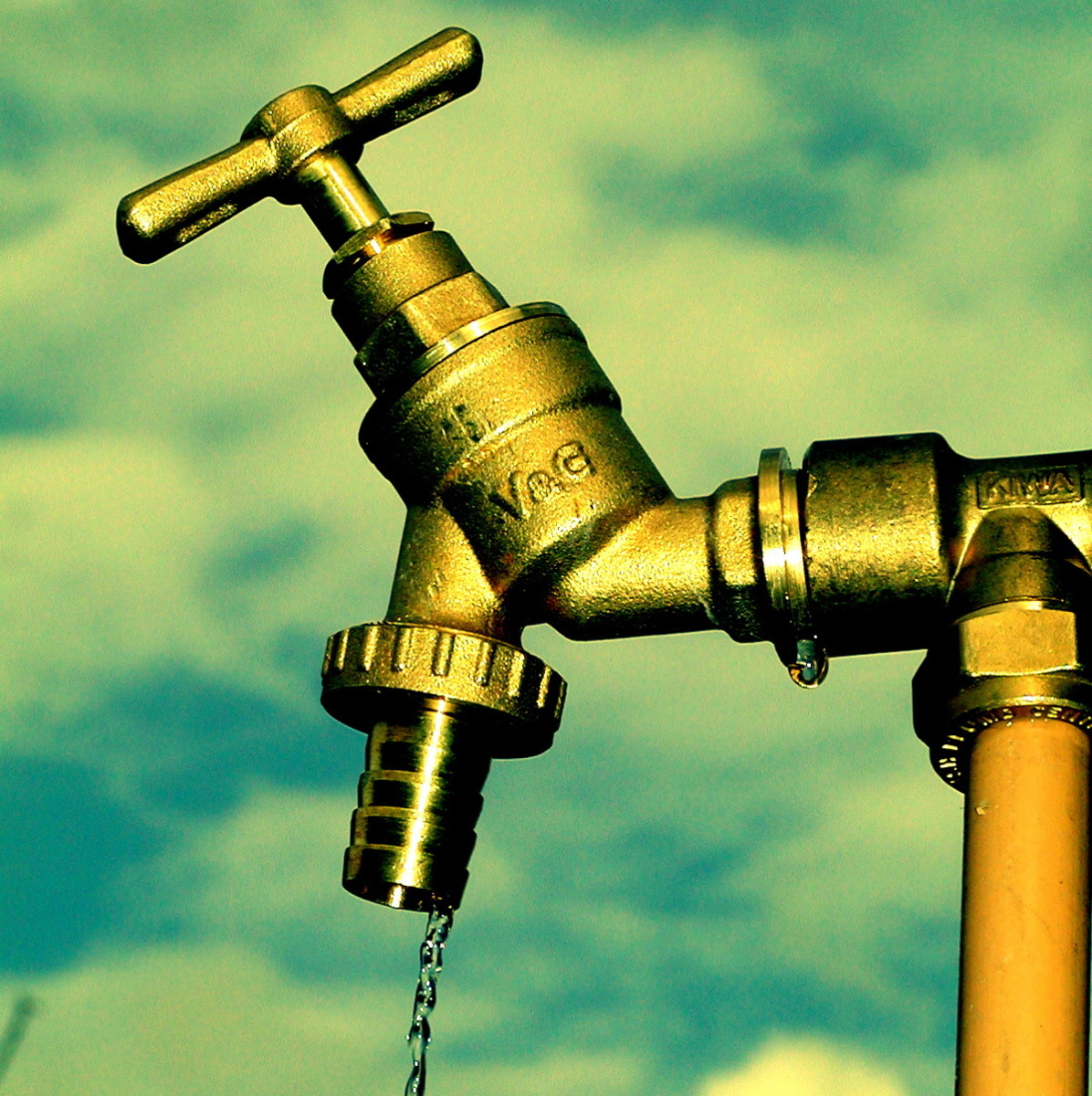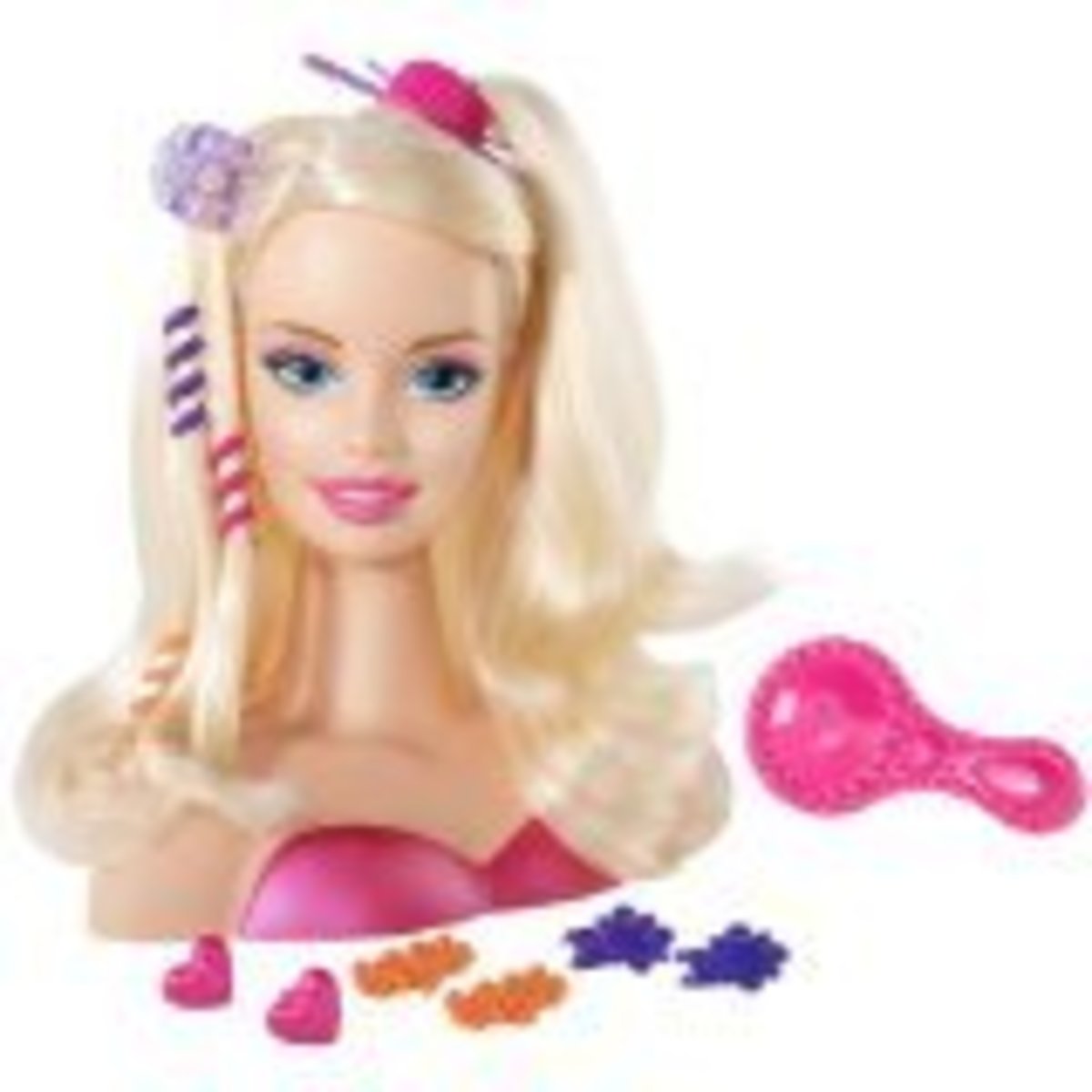How to Save Water in the Shower

Water Conservation and Squeaky Clean Fun
We all know how important it is to use as little water as possible. The more water we use, the more water treatment plants and sewage plants we need to build, the more energy we use, and the more harm we do to the environment.
I'll be talking about simple, no-cost things we can do, one very low cost method that saves a lot of water, and about choosing and installing a water saving low flow shower head. And you'll learn about my favorite public service campaign (yes, the two are related).
How Does a Shower Work?
The shower valve mixes water from the hot and cold water pipes. The mixed water travels through a pipe in the wall to the shower head (and through the hose if you have one).
The shower head has small holes in it where the water comes out. The smaller the holes, the more forceful the water flow. On massage heads, you can change the pattern and size of the holes to produce different effects.
Many water-saving devices make the holes smalr, or add a smaller hole before the water gets to the shower head. This increases the pressure of the water that reaches you, so a smaller amount of water feels like more.
... yes, but what is the water consumption of this model, Sir?


Shower Flow Restrictor - For those who get lost in the shower ...
Sometimes you want to limit the amount of water a shower head delivers, for example, if you have kids in the house who shower for hours. If you don't want to buy a new shower head, a flow restrictor might be just the thing.
Flow restrictors are very inexpensive and easy to install. They are plastic discs with a small hole in the center.
Take your shower head off (instructions below), put in the plastic disc with hole, and re-install the shower head. The hole limits the amount of water that can get into the shower head. Usually you can still get a fine shower, but with some heads, this doesn't work well. Since flow restrictors are very inexpensive, you might try one anyway.

Low Flow Shower Heads - 15 minutes and a bit of teflon tape
This is the best way to both get a good shower and save water. Low flow shower heads are designed to produce a strong flow of water while only using a few gallons per minute. They come in many styles and colors to match any bathroom style, and at price ranges from "a good bargain" to "way out there".
Shower heads are amazingly easy to replace, even if you are "all thumbs." Read further for detailed instructions.
Amazon.com sells many low flow shower heads, here is one example., They all use less than 2.5 gallons of water per minute.

Low Flow Luxury
The shower head to the right is expensive, and produces a rainfall water pattern, while saving water. Whe says luxury and economy don't mix?

My Favorite Style
I love shower heads with a hose. They let me wash hard to reach places, move the head closer to m body for more power ... I even use mine to wash the window screens!
Some "European heads" include a second shower head in the usual place, and a way to use either or both heads.
Installing a New Shower Head
Installing a new shower head is fairly simple: you unscrew the old head and screw on the new.
Always Read the Instructions!
Different shower heads have slightly different instructions. You won't cause a disaster, but you may not get a tight seal or you may scratch the new head's finish.
Tools you need:
- adjustable wrench
- a can of WD40, if the old shower head is corroded in place and hard to remove
- damp paper towel
- the new shower head
- teflon tape, sold in the store near the shower heads
- soft rag
- and maybe, a step stool
1. Make sure the valve/faucet is turned off.
2. Use the wrench to unscrew the old shower head. There are usually two flat spots where you can set the wrench. Turn counter-clockwise to loosen. If the head is stuck, spray WD40 on the joint, wait 5 minutes, and try again. A little water will probably come out, but if the valve is off, it will only be a little. [If there's a lot of water, or it doesn't stop, put the old head back on and call a plumber. Shower plumbing is hidden in the wall, and hard for a do-it-yourselfer to work on.]
3. Clean the pipe coming out of the wall. A damp paper towel is usually enough. If you need to scrub, do so gently. Let dry.
4. Cut off a length of teflon tape and wrap the pipe threads clockwise with tape, overlapping a bit. Cut off any extra. This makes a watertight seal between the pipe and the shower head.
5. Hand screw the new shower head on the pipe. The tape should stay in place. Follow the instructions on how much to tighten the new head - you may not need a wrench at all. If you do, put cloth between the wrench and the head to prevent scratches.
6. Turn on the faucet and check for leaks. If it does leak, tighten a little bit at a time.
Are You Saving Water in Your Shower?
Which of these are you doing to save water when you shower?
The Best Ad Campaign Ever
In the early 1970s, the city of San Francisco was facing a water crisis. They developed an ad campaign to convince people to save water, in the shower and elsewhere.
Several TV commercials used slightly risque slogans to convince people to save water (ever hear "if it's yellow ..."? This is where it came from). "Save water, shower with a friend was my favorite.
Tell Us About Your Shower!
Do you have any shower stories? Please share them with us!
[Approval needed, no links please.]








